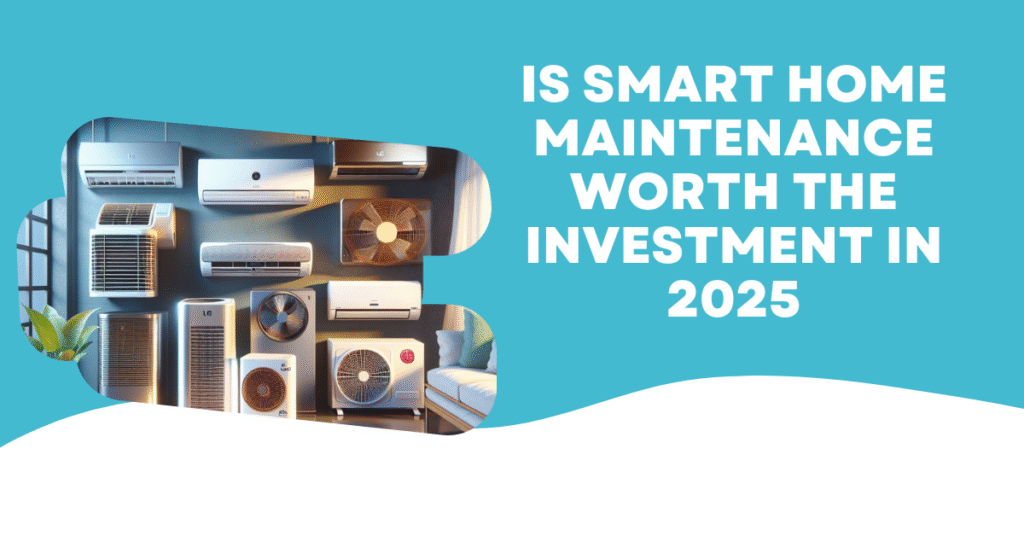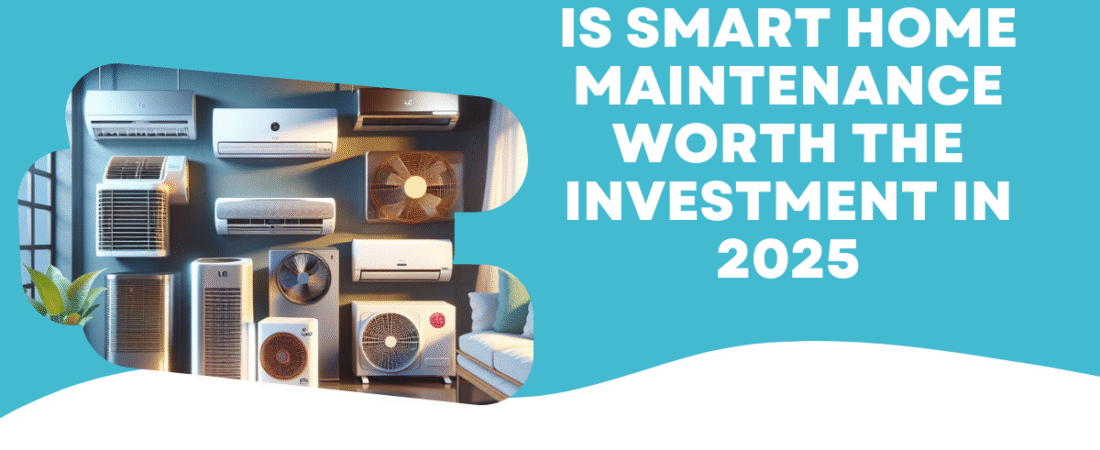1. Strong Hook Introduction
Rain tapped the window and the heater hummed softly. My phone buzzed with a quiet alert from a leak sensor. A tiny drip under the sink had started to form. I opened the cabinet and saw one clear bead of water. The room smelled faintly like damp cardboard.
I felt calm because the alert came early. A towel solved the moment and a cheap washer fixed the rest. The floor stayed dry and the wood kept its color. That little save paid for the sensor in one afternoon. The idea felt simple and real.
2. Problem Section
Homes failed in slow and costly ways. Filters clogged and fans strained. Tiny leaks grew into swollen drywall. Silent faults in water heaters tripped power and ruined mornings. Busy lives hid the warning signs until they shouted.
Manual checks rarely kept up. Logs stayed blank and reminders slipped. Contractors arrived late and guessed the cause. Bills stacked higher than expected. Stress stayed, and still the same pattern returned next season.
3. Agitate the Problem
Repair prices rose and so did utility rates. A missed filter change pushed energy use up. A neglected coil burned out a motor. Insurance deductibles ate savings after simple floods. Time vanished during wait windows that stretched into evening.
To be honest, the emotional cost hit harder. Cold showers before work set a sour tone. Damp smells lingered in corners. Doubt crept in each time a faint noise echoed behind walls. Home felt less like refuge and more like a chore list.

4. Solution Preview
Connected maintenance systems watched the home quietly. Sensors listened for leaks, heat spikes, and odd vibration. Smart plugs measured heavy loads. The app logged patterns and sent polite nudges. Predictive rules flagged issues before they grew. The house stayed steady, and utility use trended gentle.
I tested simple gear first. I then added a hub and a handful of tailored automations. Nothing felt flashy. It all worked in small steps that stacked value.
5. Main Content
What smart maintenance included
It started with water, air, and power. Leak sensors sat under sinks and near the water heater. A shutoff valve stood ready to close on command. Air quality monitors tracked particulate and humidity. Thermostat data revealed filter health through airflow trends. Smart plugs watched major appliances and spotted odd spikes.
Everything fed a single app that kept a clean timeline. Notes captured service visits and part changes. Photos stored serial numbers in one place. I shared access with family and kept a contractor view ready. The house finally had a memory.
How savings showed up
Savings came from prevention first. A drip caught in the afternoon prevented a weekend emergency call. A fan fault surfaced through unusual power draw and saved the compressor. Filter reminders improved airflow and trimmed energy. Minor annoyances stayed minor.
The bills told the story slowly. The winter gas line looked smoother. Summer electric use flattened during peak hours. Replacement cycles stretched further than last year. I felt like quiet patience paid rent back.
What 2025 tech improved
Battery life stepped forward. Sensors lasted many months on a single cell. Local processing reduced false alerts. Cameras learned to ignore friendly ghosts like curtains. Voice control matured for quick status checks. Standards improved device pairing and eased family sharing.
The biggest change arrived in service networks. More vendors accepted app invites. Schedules synced without phone tag. Quotes landed inside the maintenance timeline. The stack felt grown up.
Privacy and security that actually worked
I kept core devices on a separate network. I used long passwords and device updates. Local record kept working during outages. Sensitive cameras stayed inside the private rooms only when needed. I shared specific devices with the contractor, not the whole house.
I read the data policy with care. I declined features that traded too much information. Trust grew from clear options and reliable behavior. Boundaries stayed visible, which mattered a lot.
Insurance and warranty links
Some insurers offered small discounts for leak protection. A few claimed response times improved the claim outcomes. Warranties became easier to prove with logs. Service histories lived in the app, not inside a shoebox. Adjusters liked timestamps and device reports. Payouts moved faster because proof existed.
Cost breakdown in plain terms
Entry gear cost less than one emergency call. A leak kit with a valve sat near a dinner out in price. A hub and a set of air sensors cost about a midrange appliance repair. Annual cloud storage, if used, stayed modest. The return felt uneven month to month. Across a year it evened out nicely.
Fit for apartments and villas
Small flats adopted leak sensors and smart plugs. Larger villas leaned into zone monitoring and shutoff control. Both types gained from clean maintenance logs. Both learned from trend lines that showed stress early. The size changed the count, not the idea.
6. Actionable Framework or Steps
I kept a seven step loop that felt easy. I listed the top three risks in the home. I matched each risk to a single device. I set alerts to calm levels and avoided loud chaos. I added a service log inside the app. I checked trends on the first Sunday each month. I tuned one setting at a time. I reviewed savings each quarter and shared results at the table. The loop repeated without pain.
7. Case Study or Real Example
A family in a hot coastal city added five leak sensors and one valve. The kitchen sensor pinged during a weekday lunch. A pinhole in a line started near the dishwasher. The valve closed and a small towel solved the puddle. Repair time took one hour, and the floor stayed safe.
The same family watched air data in summer. The line showed slow airflow decline. A quick filter swap reversed the trend within minutes. Peak bills softened by a small but steady percent. Over a year the gear paid for itself and a little more. Peace of mind arrived as a quiet bonus.
8. Pros and Cons
| Option | Benefit | Consideration |
| Entry sensor kit | Low cost and fast win | Manual logs still needed |
| Full shutoff valve | Big flood protection | Professional install recommended |
| Air quality and thermostat data | Energy and comfort gains | Occasional tuning required |
| Smart plugs on heavy loads | Early fault clues | Some devices disliked monitoring |
| Unified app with logs | Clear history and easier claims | Privacy settings needed care |
9. Conclusion
Smart home maintenance in 2025 proved its worth in small, steady saves. Alerts arrived early and turned problems into quick fixes. Energy use eased because airflow and timing improved. Insurance steps moved smoother with logs. The house stayed comfortable and quietly efficient. The math worked, and the mood in the home felt softer.
10. Call to Action
Pick one risk this week and solve it. Start with water or with airflow. Install a single device and set one calm alert. Add a log entry after the first check. Build the habit next month. Your home then kept pace with life rather than tripping it.
11. FAQ
I used short questions here because they offered needed clarity for busy readers.
Q Did devices keep working without internet
A Yes local control handled many alerts and shutoffs
Q Did battery changes become a burden
A No most sensors lasted many months
Q Did insurers always discount smart setups
A No some did and others only accepted logs as proof
Q Did older homes benefit
A Yes leak and power monitoring helped any age
Q Did privacy risk outweigh gains
A No careful settings and local features kept data tidy
12. Internal and External Links
Read buyer guides on leak protection for kitchens and water heaters. Explore plain checklists for monthly airflow and filter care. Review simple network tips for safer smart homes. These resources kept gear helpful and not noisy.

